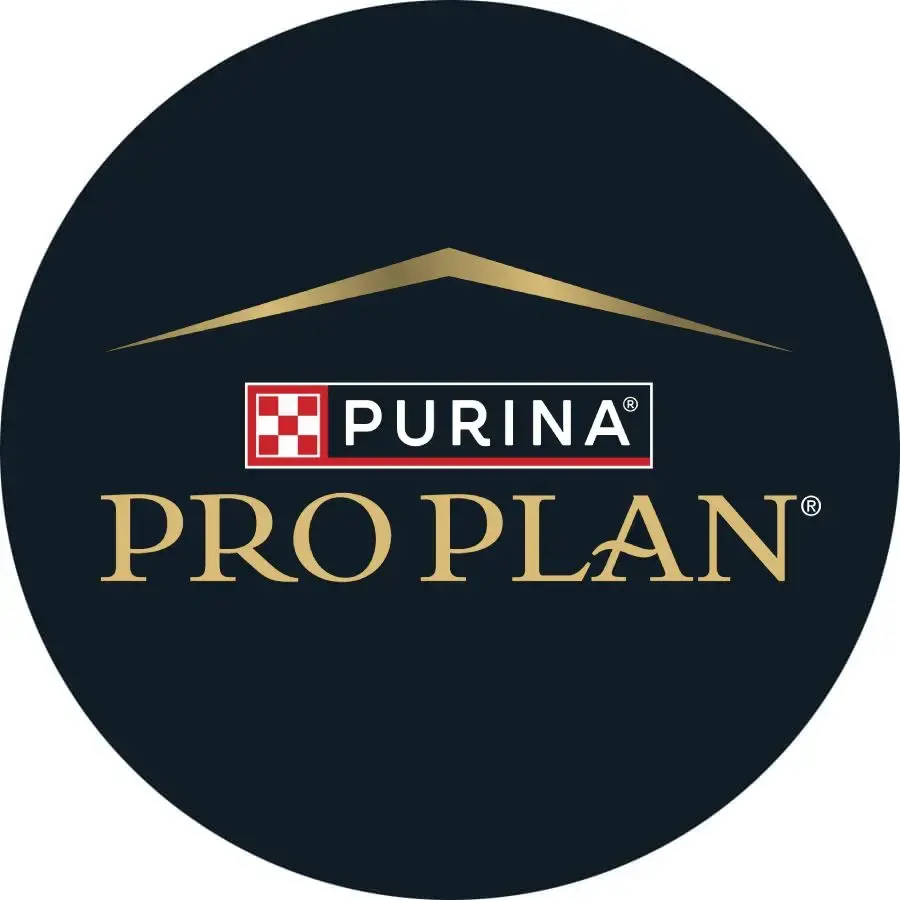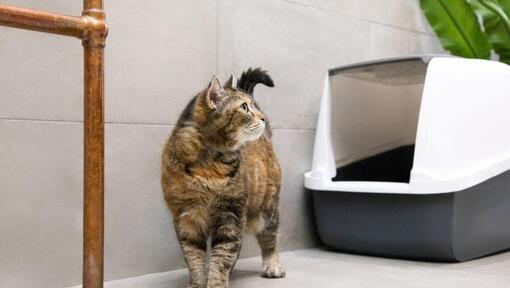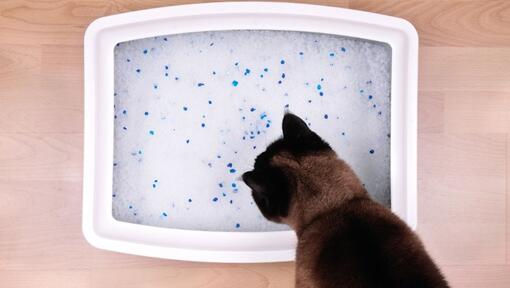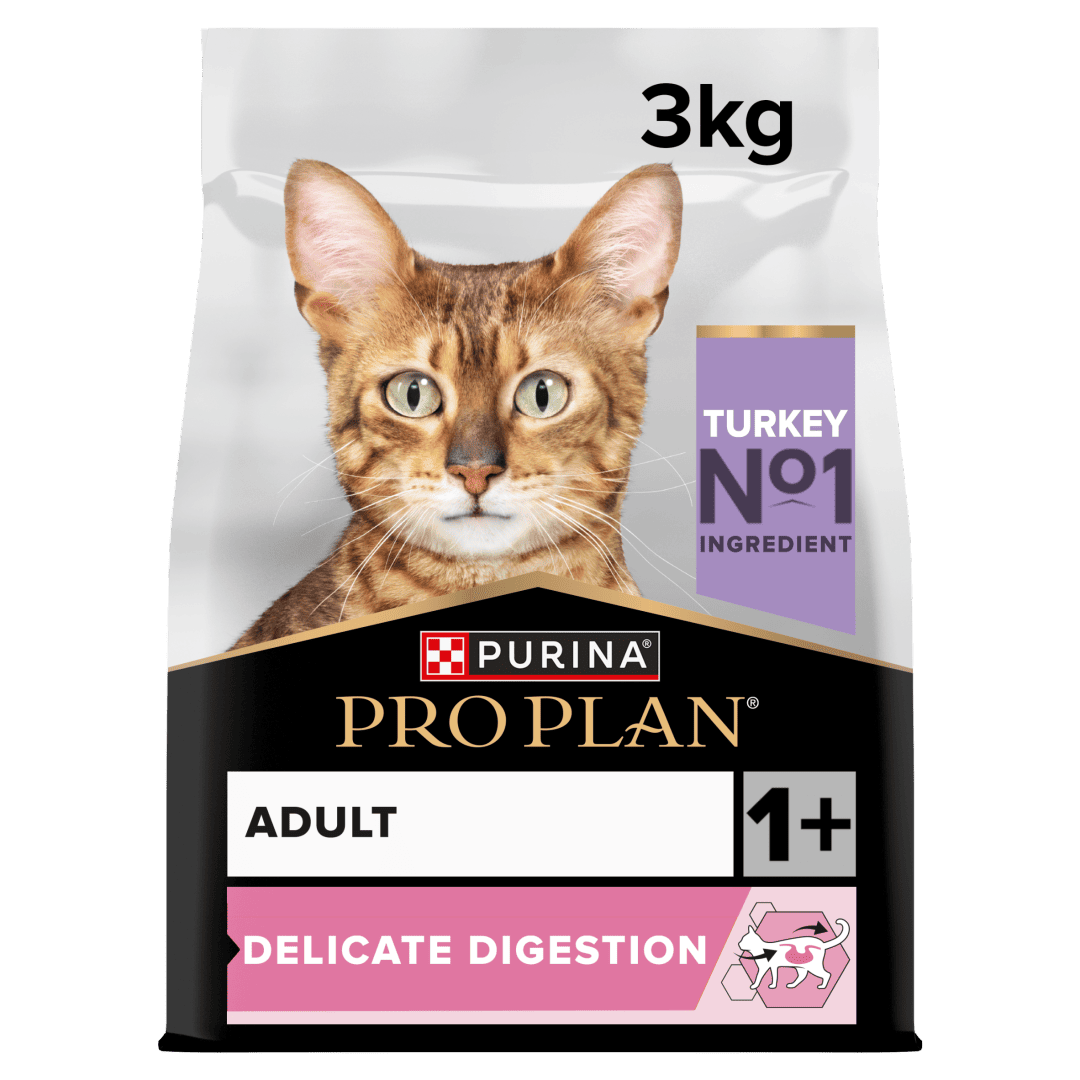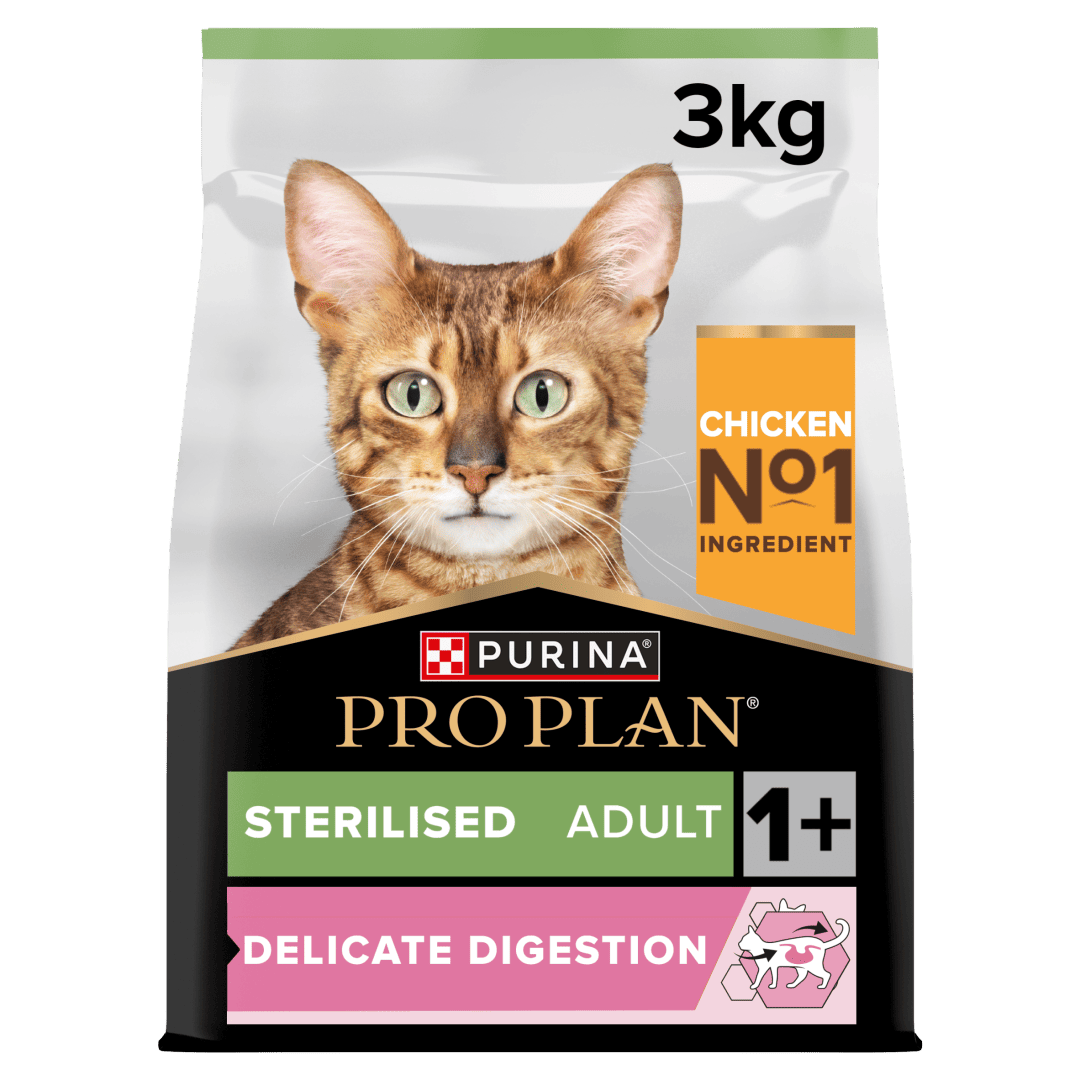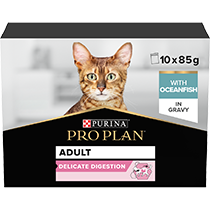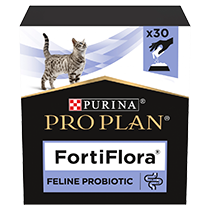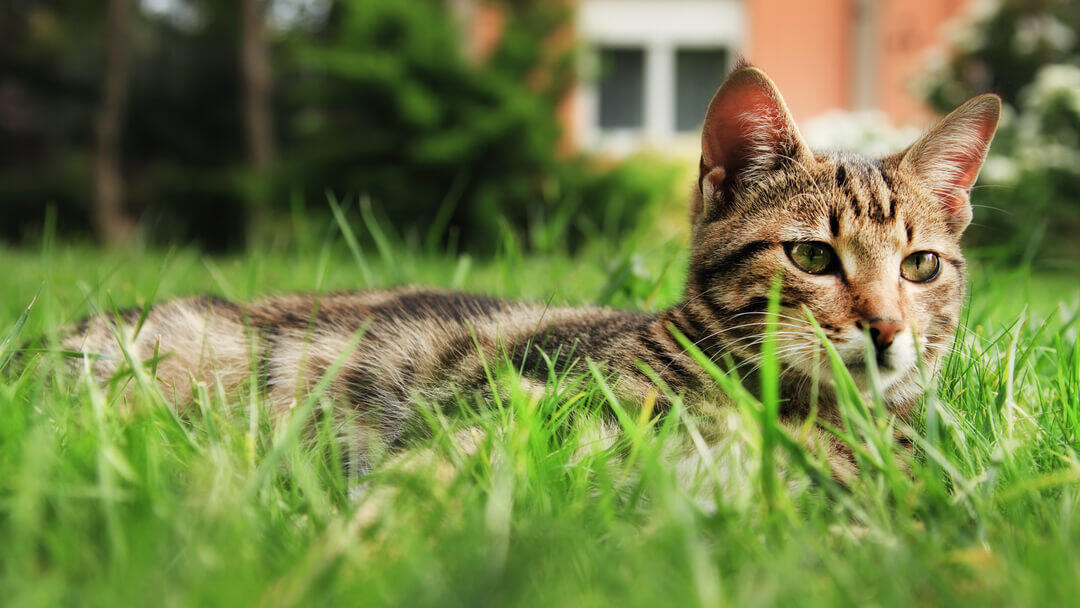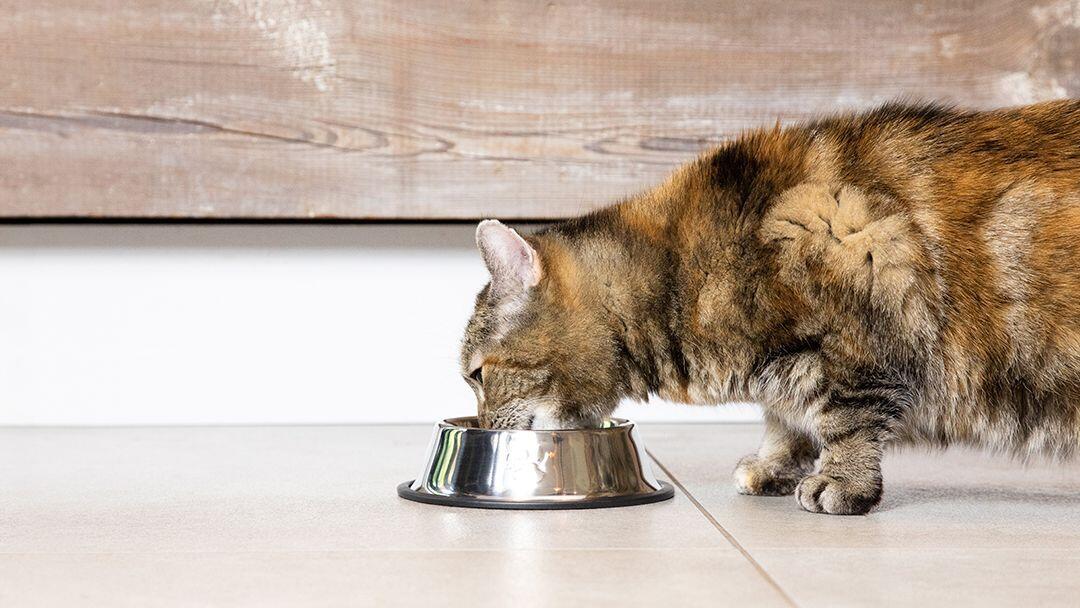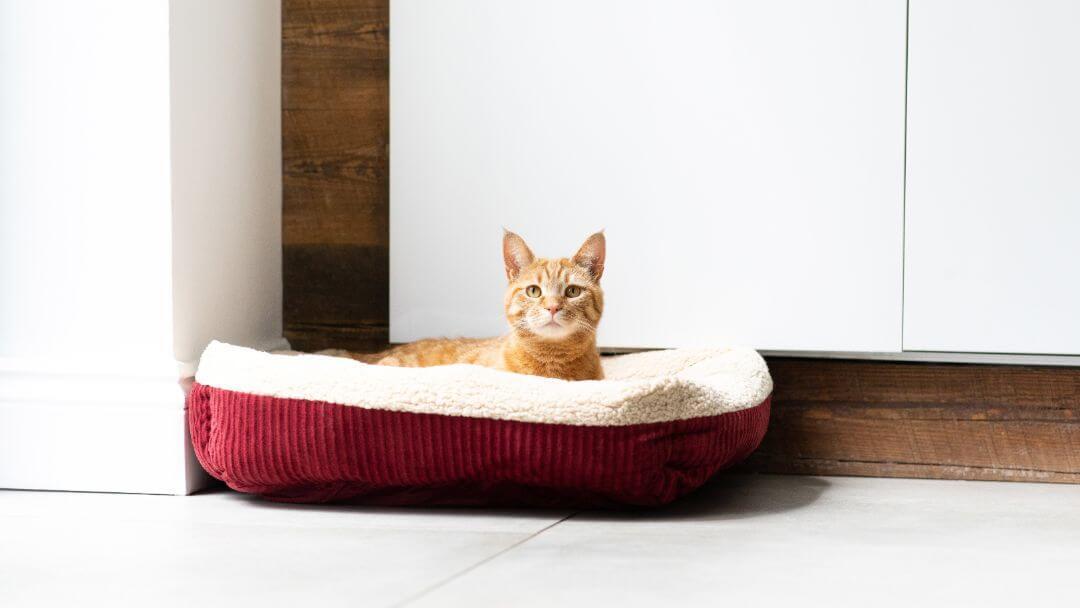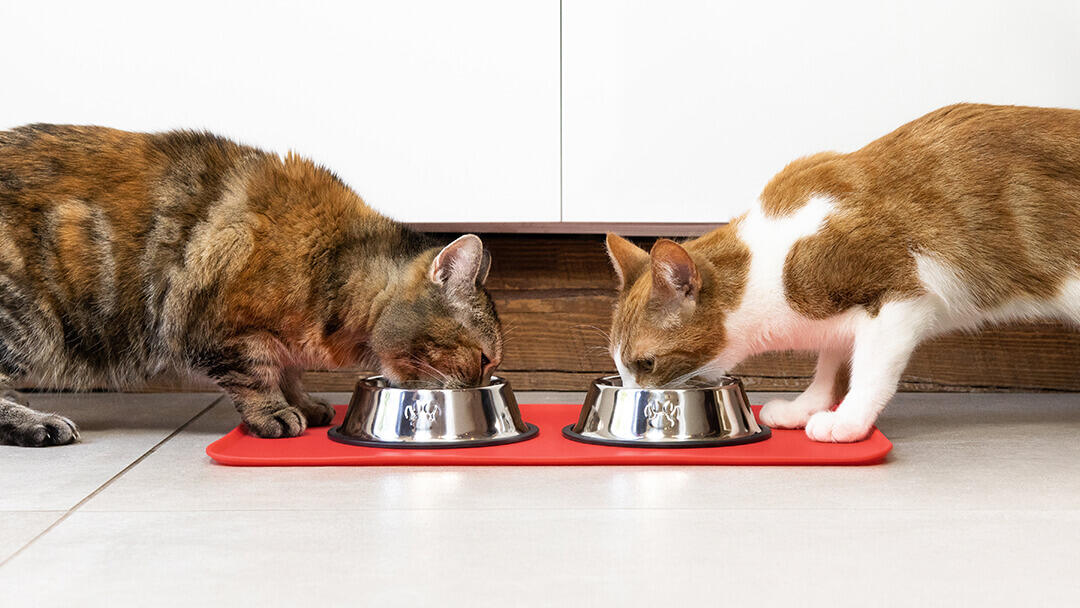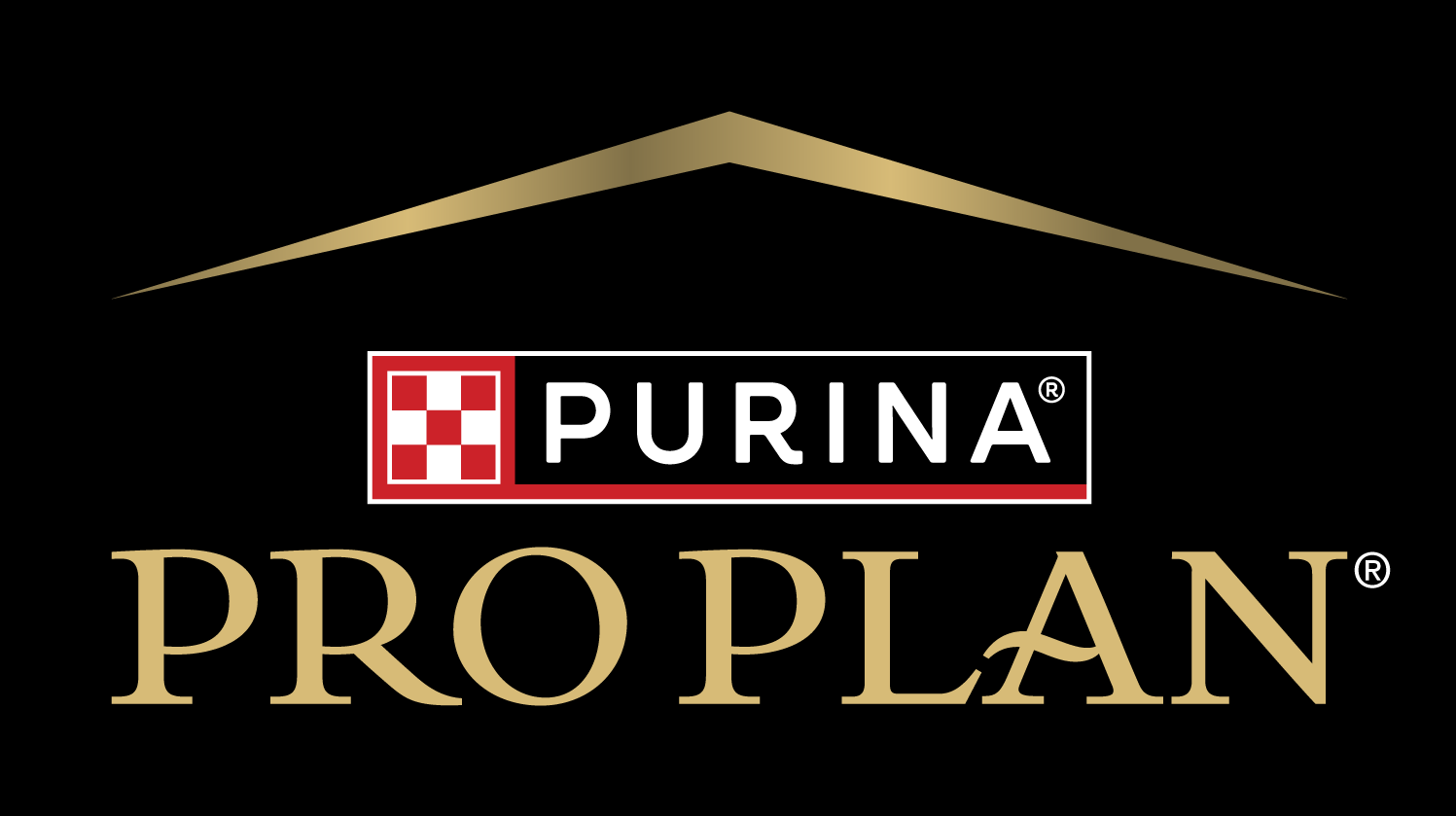

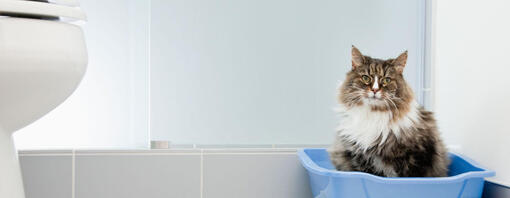
Although cat constipation is a fairly common problem, the causes and symptoms can be wildly different from one cat to the next. Discover what you need to know about this condition to help treat it quickly and prevent it from suddenly appearing in your cat’s life.
If you suspect your cat is constipated, you’re undoubtedly eager to figure out what has caused it and how you can relieve your beloved cat. In this article, we look at the essential information you need, from early symptoms all the way to veterinary cat constipation treatment and ways you can prevent the discomfort to help your cat get back to their usual happy self.
What is constipation in cats?
Cat constipation is when an abnormal accumulation of faeces in the colon occurs, causing difficult bowel movements. Generally, it will either present as a reduced ability to pass stools, or the complete absence of them together. The faeces remain in the colon, and as one of the main roles of the colon is to absorb water, the stools that stay here become very hard and dry, which makes them even harder for your cat to pass.
Cat constipation symptoms
These are some cat constipation of the other symptoms of cat constipation you may want to keep an eye on:
- Tense abdomen
- Hard, dry, small stools
- Straining which can be mistaken by owners as difficulty urinating sometimes
- Lack of appetite (occasionally)
- Hunched posture
A cat who hasn’t produced stools for more than 24 hours will likely suffer from cat constipation. However, sometimes owners might not be up to date with their cat’s bathroom routine as some felines are known to like going to the toilet outdoors as well.
Causes of cat constipation
Tracking down the cause of constipation is just as important as recognising the symptoms. Although dehydration is the most common cause of cat constipation, there are many other potential reasons for this condition:
- Dehydration, which may be a result of kidney disease, especially in older cats
- Not enough or too much fibre in their diet
- Sedentary lifestyle
- Hair ingestion: a primary cause in long-haired cats
- Litter tray avoidance (when the litter needs to be changed or cleaned)
- Hernia
- Tumours near the pelvic region
- Side effects of some medications
- Nerve disorder
- Pelvic injuries that result in a narrowed pelvic canal
- Eating a foreign body which causes an obstruction in the gastrointestinal tract (although you are likely to notice other concerning clinical signs such as lack of appetite or a very sore tummy before you notice constipation)
If you’re unsure what caused it or if your cat gets constipated regularly, speak to your vet to establish the underlying cause. Based on the findings the treatment can vary from changes in diet all the way to prescribed medication.
Diagnosing constipation in cats
Generally, constipation in cats is easy to diagnose and is done on the basis of their symptoms and medical history. Your vet will ask you questions about how your cat has been feeling and will feel around your cat’s colon, where they should be able to locate the accumulated faecal matter. If necessary, your vet may also carry out further tests to diagnose the underlying cause, including abdominal and pelvis X-rays to look for injuries, abnormalities or tumours of the pelvic canal. Bloodwork and urine tests may be done too to rule out the possibility of an underlying disease.
How to help a cat with constipation
Mild cat constipation can be resolved at home, but don’t hesitate to contact the vet if you struggle to get your cat back to its normal toilet routine. These are some of the remedies you can try at home while waiting for your vet appointment:
Cat constipation symptoms can be alleviated if you make sure they’re keeping hydrated throughout the day. Have water bowls within reach in different places in the house to remind your cat to drink more. It’s a good idea to choose in wide water bowls as cats usually prefer their whiskers not to touch the sides. They also tend to prefer ceramic or metal bowls. Make sure that the water bowls are separate from any food or litter tray areas
Some cats prefer to drink running water so try and tempt them by leaving the tap dripping – with the plug out! Some cats also like water fountains – these should be cleaned very regularly to ensure your cat keeps using them. It can be difficult to get cats to drink more water. Feeding a wet diet is one of the easiest ways to increase your cat’s water intake.
Introducing more activity to your cat’s daily routine will get their entire body moving, including their intestines too. Look into different games you can play together or find toys to keep them on their toes. Encourage your cat to express their playful side more often and they’ll be reaping plenty of health benefits. If you’re stuck for ideas, discover how to keep your cat healthy through playing in our article.
Cat constipation can be managed by paying attention to the level of fibre in their food. If you’re not sure about the appropriate amount of fibre your cat needs in their diet, check with your vet as feeding too much or too little fibre can make your cat’s constipation worse.
Cat probiotics are used to support cats with constipation, or slow-moving bowls. 2-3 daily doses of probiotics will help to increase your cats gut activity and will support a healthier stool function.
There are many things that can cause your cat to be stressed. From a change in routine to separation anxiety. Making sure to note these changes in behaviour and minimising these reactions will remove any stomach inflammation which is a result of them being stressed.
Cats take time to adjust to change, but if you notice that they are not settling you can help reduce your cat’s stress with calming pheromones, supplements, or making sure they have a safe space to hide in.
If your cat is overweight this can cause intestinal inflammation. This inflammation can cause a slowdown of the intestines. Other related conditions connected to cat obesity are:
- Arthritis, joint damage and joint pain.
- Type 2 diabetes.
- Heart disease.
- Reduced exercise endurance and stamina.
- Increased anaesthetic and surgical risks.
- Reduced liver function due to a fatty liver.
Feeding your overweight cat a balanced diet, and ensuring you minimise treats and increase exercise, will ensure your cat reaches a healthy and safer weight.
Veterinary treatment for cat constipation
Once you get to the vet’s practice, a physical examination will be performed to determine the severity of your cat’s constipation. The vet will then decide what the best course of action is. For mild cases a dietary adjustment might be all that is needed for the cat to get back to their regular toilet habits. In other cases, an enema can be recommended or medications such as laxatives, stool softeners or probiotics may be prescribed.
You may be tempted to intervene yourself and try to offer some relief before the vet appointment. But it’s important to avoid administering any human medications or laxatives to your cat. Be mindful that the risk of injury and even toxicity is real and it can make a condition that’s easily treated into a much bigger problem. You should always talk to your vet before administering any remedy to your cat.
Cat constipation can be managed by appropriate treatment in most cases. Keeping an eye on your cat’s daily water consumption, keeping bowls and litter trays clean, with fresh water given every day should form the basis of your care. Introducing more exercise and aiming for a balanced diet will also help encourage regular bowel movements.
Explore special cat diets if your cat has different needs from the rest of the cat out there and discover how to feed your cat a balanced diet for a long, healthy, happy and active life.
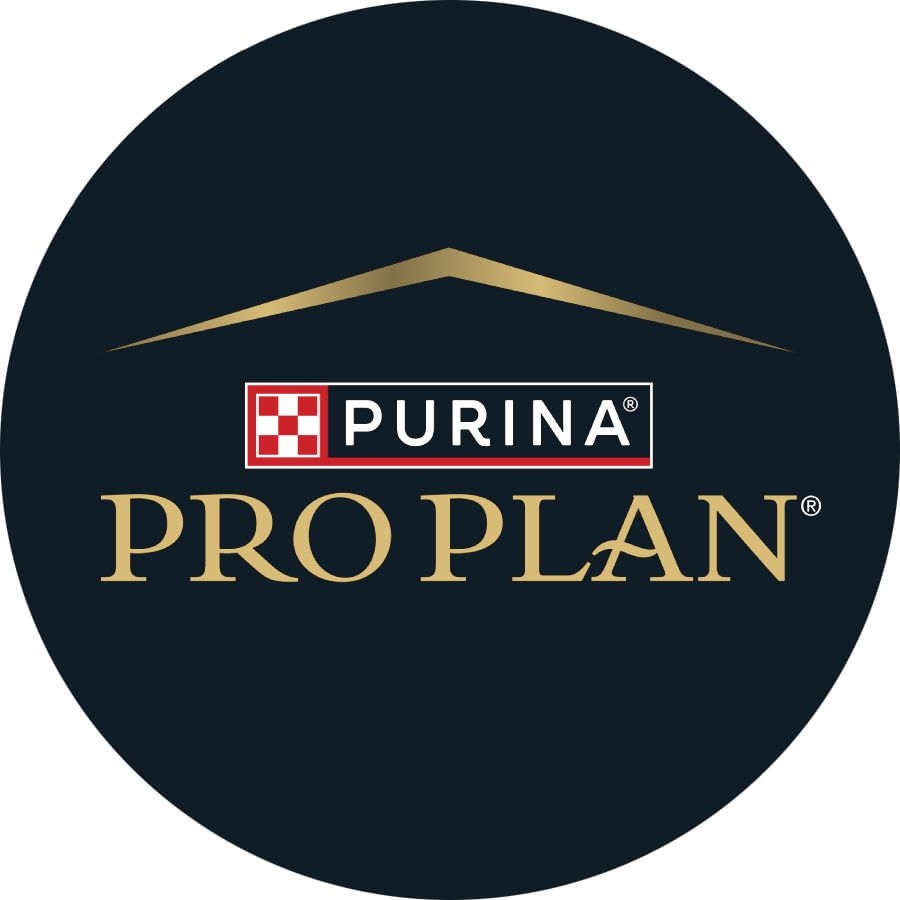
Shop cat food for sensitive digestion:
More articles by Pro Plan
